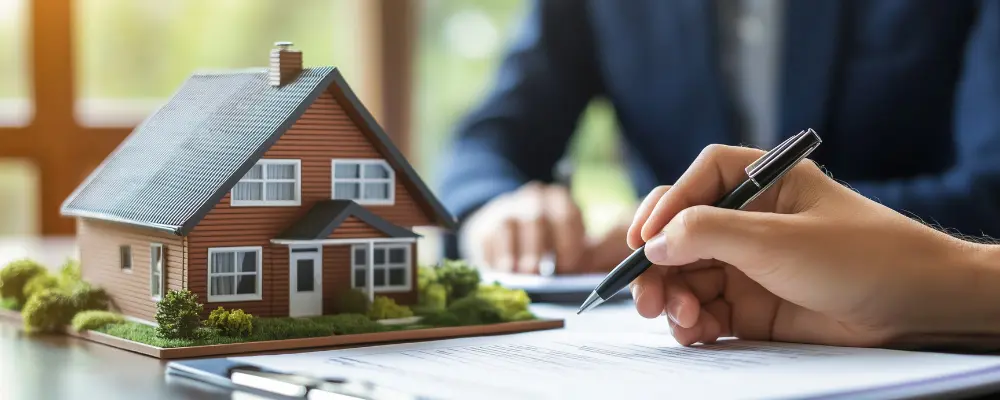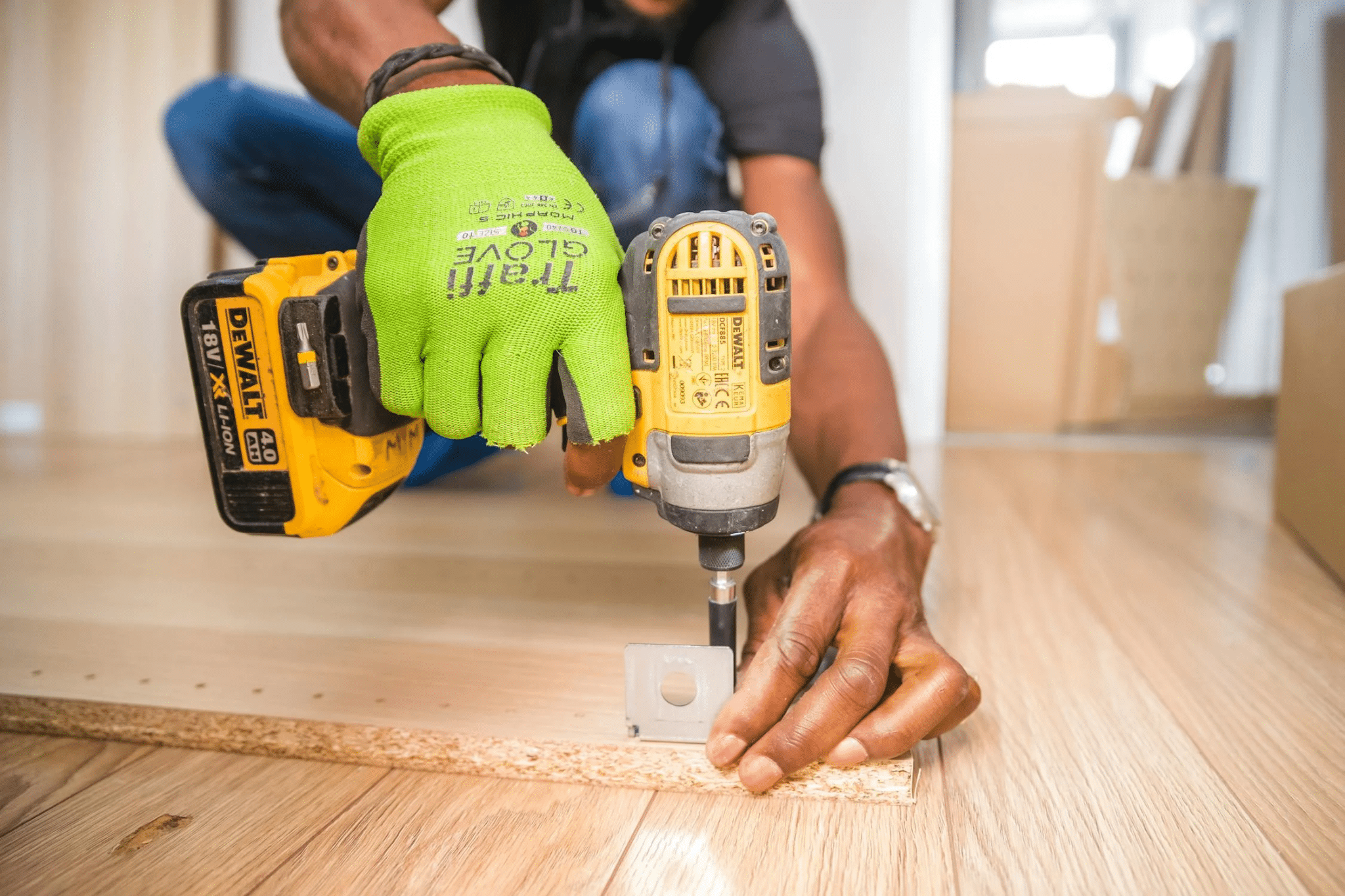A custom home? Who doesn’t want one? If we could all get a custom home with none of the struggles associated with setting it up, we’d quickly leap at the opportunity. However, life isn’t perfect, and there’s a lot of planning that goes into setting up a custom home.
To help you get through it and come out on the other end with minimal stress, the following sections take you through some of the key phases of the custom home building process and provide you with suggestions based on the stages of your journey.
1. The Plan and the Budget
Before you end up falling in love with Pinterest boards and architectural plans, don’t forget the important steps. Begin with the budget in mind. Custom homes often range from $150 per square foot to over $500 per square foot.
The final cost depends on the finishes, the location, as well as how complicated the construction would be. If you don’t want surprises down the line, set up a budget early on in the process and allocate a 10-20% contingency fund for unexpected costs (trust us, they will pop up).
Work with professional custom home builders who are completely transparent about their pricing. Always be wary of “allowances” as these are bound to lead to cost overruns if not managed carefully.
Site selection is also very important. The perfect lot doesn’t just consist of great views. It must abide by zoning laws, have good soil stability, and access to basic utilities. Conduct a geographical survey and check for any easements or building restrictions before purchasing the land. Investing in a cheap lot with tricky terrain can often cost you a lot more in site preparation than if you would have chosen a premium lot with easy buildability.
2. Design Processes: Aesthetics vs Functionality
The design of your dream home would always be a delicate balance between aesthetics and functionality. Joining hands with a professional architect or designer will bring your vision to life. However, be prepared for trade-offs between aesthetics and functionality.
For example, although open floor plans look trendy, you will definitely need that storage space you abandoned when initially designing your home. Things like energy efficiency and traffic flow should also be considered.
You must also think of the resale value of the home. If it is a major concern for you avoid ultra-personalized features that might not appeal to future buyers.
Hiring a professional? Consider telling them all about your specific desires. For example, if you want your home to be particularly energy efficient, ask them for methods that can replace traditional framing for your home’s structural system. For example, the Insulated Concrete Forms (ICF) or Structural Insulated Panels (SIPs) are way more energy efficient.
3. Permits, Approvals, and Paperwork

Permits can be pretty slow-moving. Each municipality has differing requirements. Typically, you are going to require zoning approvals, building permits, as well as environmental clearances before you break ground.
Speak to professionals who have ample experience building custom homes especially if they are locals. This means they would be well-versed with the process as well as requirements of the area.
The best way to avoid issues is by securing all the necessary approvals before construction starts. Changes are very difficult mid-build (for example moving a load-bearing wall or expanding a window). These often require permit revisions and cause a delay in the project.
4. Let the Construction Begin!
It’s time for the construction to begin for your vision to take shape. Now that the permits are all in place, the site prep and the foundational work need to begin. This is when all the excavation, the grading, and utility installations are going to be put into place. Pay close attention to the soil conditions and drainage. Keep in mind that poor water management can lead to long-term foundational issues that are hard to fix.
Choose the right kind of foundation (sab, crawl space, basement) depending on the soil type discovered. This is followed by framing which is when your home begins to take shape. Plumbing, electrical, and HVAC installations follow, and this is the point where inspections are of the utmost importance. Skipping inspections at this point will give you a whole lot of pain later. Consider it an investment and get a third-party professional on board for this step.
5. The Make-or-Break Decisions
Welcome to the final phase. Quite a lot of people crumble at this point. This is the most important step as it is what will make your personality shine through your house. Yet, this is often where most budgets are exceeded.
Cabinets, flooring, countertops, and fixtures can be as expensive as you want them to be. The higher the price range, the more aesthetic they look for sure. But we need to draw a line somewhere.
To stay on track financially, prioritize spending the most of your money on permanent fixtures such as quality flooring and countertops. Save your money when it comes to easily replaceable items like light fixtures and paint colors.
You could also invest in energy-efficient features like LED lighting, smart thermostats, and high-performance insulation to reduce your long-term utility costs. Yet, if you are planning to invest in solar panels, don’t forget to install conduit and wiring now. It is going to be a lot cheaper than retrofitting later.
6. Final Inspections: Checking the Details
Before you are handed your keys, walk through the home once with your builder and check everything. Look beyond the aesthetics. Open every door, check for leaks, test electrical outlets, and run the HVAC system.
Don’t forget the warranties. Get any documentation required. Ask your builder to provide you warranty on workmanship and materials as well as appliances and major systems. Documentation will come in handy later if anything breaks down.
7. Keep Your Home in Top Shape
Congratulations, you’ve made it! You’ve moved into your custom home. However, there are still a few final steps you can take to ensure everything stays in top shape.
Create a maintenance schedule for your roof, attic, as well as the interior of your home. Get your gutter cleaned regularly and invest in seasonal inspections to avoid potential issues like foundation setting.
Resist the urge to take over major landscaping projects. Your yard may need time to settle after construction. Instead, focus on what you can; decorating and adjusting to your new home.
Ready to Move In?
Building a custom home isn’t always about the technicalities. It is often a very personal experience that involves creating a house you can truly call your own. While the journey is complicated, it is the end-result that is going to have you feeling like it was all worth it.

